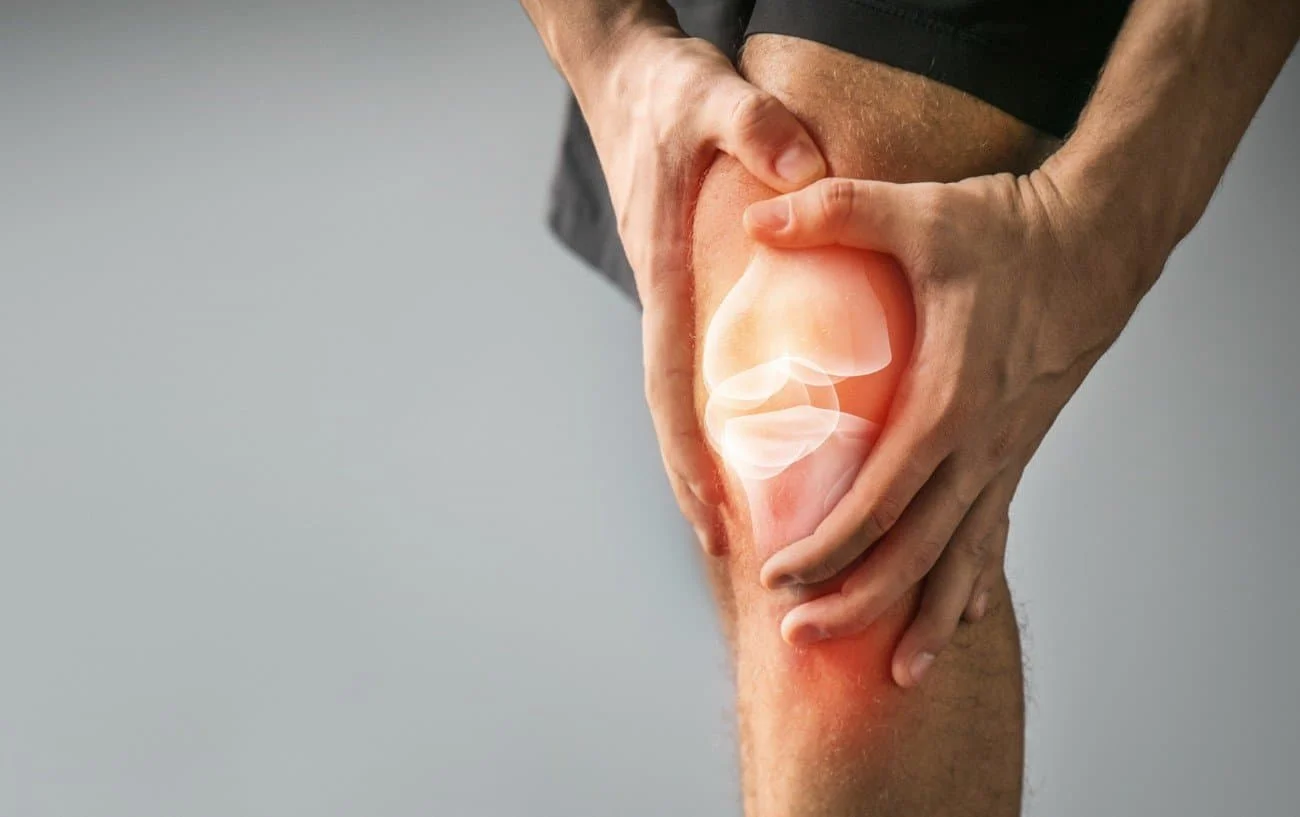
Knee pain can be defined as being either acute or chronic, persistent or intermittent, and it can be intense, dull, or throbbing. It might even come with additional signs like bruising, oedema, stiffness, and a restricted range of motion. Your symptoms will vary depending on whether arthritis or an injury is the root of your knee discomfort.
You will likely go through a thorough examination when you visit an orthopaedic surgeon, which may include diagnostic imaging like an X-ray or MRI. The doctor will next recommend the least invasive procedure that can cure your wound or lessen knee pain. Prescription drugs, physical therapy, and injections for pain alleviation are examples of nonsurgical treatments.
Your doctor might advise knee surgery if you’ve tried conservative treatment options and they haven’t helped. You can now have an outpatient treatment and return home later the same day because even a total knee reconstruction can now be done using minimally invasive techniques. Let’s look at contemporary techniques and people you might contact to learn more.
Arthroscopic Knee Surgery:
Joint arthroscopic surgery combines a diagnostic and therapeutic step. The orthopaedic surgeon checks your knee while also doing the necessary repairs to fix the issue using an arthroscope, which is a little tube with a fiber-optic camera function attached at one end.
During arthroscopic knee surgery, the meniscus (a piece of cartilage in your knee), the anterior cruciate ligament (ACL), and small pieces of loose bone are frequently repaired. These conditions can all result in chronic knee discomfort.
Knee Reconstruction Surgery
The orthopaedic surgeon could advise joint reconstruction surgery for patients who suffer from chronic and incapacitating knee pain brought on by an injury, arthritis, or another sort of degenerative condition. The diseased or damaged tissues will be removed during either a partial or total knee replacement, and they will be replaced with prosthetic components.
The minimally invasive procedures of arthroscopic surgery and joint reconstruction surgery both call for very small incisions. In comparison to traditional open surgery, this implies there is less harm done to the surrounding tissues, less blood loss during surgery, smaller scars, and a quicker recovery.
Physical Therapy After a Knee Operation
Physical therapy, which entails particular strengthening and stretching activities, is essential to fully and correctly heal from knee surgery. During this phase of physical therapy, your knee’s range of motion will be restored, and your therapist will teach you how to take care of your new knee to prevent further damage.
- Tags:
- Knee Pain

